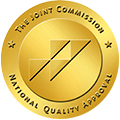Long Term Rehab
Program
Women’s Long-TermAddiction Treatment
At Canyon Crossing Recovery, we believe in the transformative power of long-term rehab for women struggling with addiction. This is why we have dedicated our practice to providing extended, high-quality care that addresses the complexities of addiction at a pace suitable for each individual.
Extended Time forStabilization
Recovery from addiction is not a race but a journey that requires adequate time to unlearn entrenched behaviors and establish healthier coping strategies. Our long-term program provides the necessary time for this transformative process to take place in a stable, supportive environment. At Canyon Crossing, we understand that stabilization is not a one-size-fits-all process. Therefore, we personalize our approach to align with the unique needs and pace of each woman, allowing her to develop a solid foundation for a sober, fulfilling life.
Comprehensive Care forUnderlying Issues
One of the many benefits of our long-term rehab program is the ample time it provides to uncover, understand, and address underlying issues contributing to substance abuse. Whether it’s untreated mental health disorders, past traumas, or deep-seated emotional issues, these factors can often go unnoticed or unresolved in shorter-term treatment programs. At Canyon Crossing, we utilize this extended timeframe to ensure that these complex issues emerge, are identified, and receive comprehensive treatment from our multidisciplinary team of experts.
Reduced RelapseRates
Research consistently indicates a significant correlation between the duration of treatment and relapse rates. The National Institute on Drug Abuse (NIDA) suggests that treatment lasting at least 90 days substantially enhances treatment outcomes and reduces the likelihood of relapse. At Canyon Crossing, our long-term rehab program embraces this evidence, offering women an extended recovery journey that enhances their ability to maintain long-term sobriety.
Get Sober to Stay Sober atCanyon Crossing
In essence, our long-term rehab program at Canyon Crossing offers women an enriched recovery experience, filled with ample time for stabilization, comprehensive care for underlying issues, and an increased likelihood of sustained recovery. It’s more than just a treatment program—it’s an opportunity to truly transform one’s life and start a journey towards lasting recovery.


